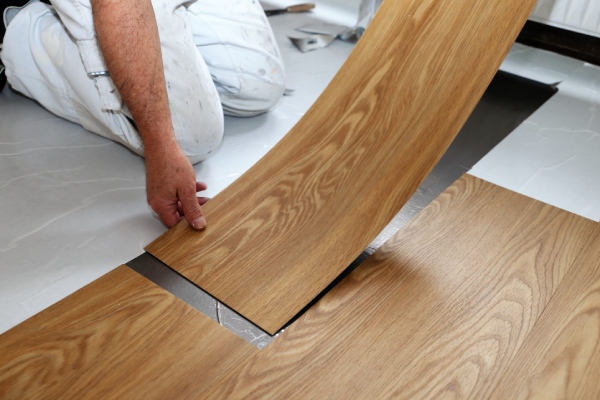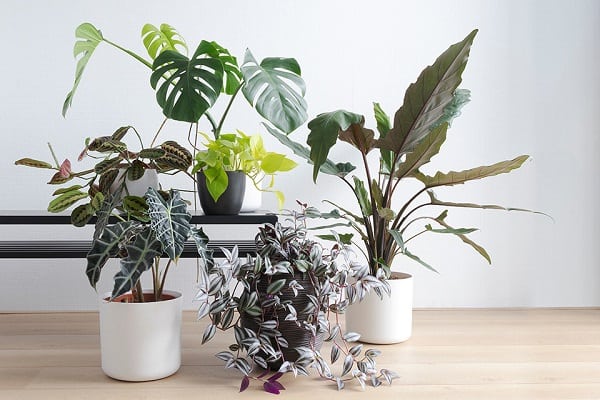In today’s world, there is a growing concern for the environment and the impact of human activities on it. As a result, people are increasingly adopting sustainable and eco-friendly practices in various aspects of their lives, including home decorating. Sustainable decorating materials and practices not only help reduce the negative impact on the environment but also contribute to creating healthier living spaces for individuals and families. Here are some sustainable and eco-friendly decorating materials and practices that you can incorporate into your home:
1. Use Recycled or Upcycled Materials
One way to make your home decorating more sustainable is to use recycled or upcycled materials. Instead of buying new furniture or decorative items, consider repurposing old items or purchasing second-hand pieces. This not only reduces waste but also adds a unique and eclectic charm to your home.
2. Choose Low VOC Paints
Many conventional paints contain volatile organic compounds (VOCs) that can release harmful gases into the air, contributing to indoor air pollution. Opt for low VOC or zero VOC paints that are made from natural and non-toxic ingredients. These paints are not only better for your health but also for the environment.
3. Use Sustainable Flooring Options

When it comes to flooring, there are several sustainable options available. Bamboo and cork flooring are popular choices as they are renewable resources and have a low environmental impact. Another option is reclaimed wood flooring, which is made from salvaged wood from old buildings or barns.
4. Incorporate Natural and Organic Fabrics
When selecting fabrics for curtains, upholstery, and bedding, opt for natural and organic materials such as organic cotton, hemp, or linen. These materials are produced without the use of harmful chemicals and pesticides, making them a healthier and more sustainable choice.
5. Maximize Natural Lighting
Utilize natural lighting as much as possible to reduce the need for artificial lighting during the day. Arrange furniture and decor in a way that allows for the maximum amount of natural light to enter your home. This not only saves energy but also creates a warm and inviting atmosphere.
6. Install Energy-Efficient Lighting
When artificial lighting is necessary, choose energy-efficient options such as LED or CFL bulbs. These bulbs consume less energy and have a longer lifespan compared to traditional incandescent bulbs. Additionally, consider installing dimmer switches to further reduce energy consumption.
7. Opt for Sustainable Window Treatments
Choose window treatments made from sustainable materials such as bamboo blinds or organic cotton curtains. These options are not only eco-friendly but also add a touch of natural beauty to your windows.
8. Incorporate Indoor Plants

Indoor plants not only add a touch of greenery to your home but also help improve air quality by filtering out pollutants. Choose low-maintenance plants that thrive indoors and require minimal watering. They will not only enhance the aesthetic appeal of your space but also contribute to a healthier living environment.
9. Donate or Recycle Unwanted Items
Instead of throwing away unwanted items, consider donating them to local charities or recycling centers. This helps reduce waste and gives these items a second life. Additionally, consider buying second-hand furniture or decor items from thrift stores to reduce the demand for new products.
10. Practice Minimalism
Embrace a minimalist approach to decorating by keeping only the essential items and decluttering regularly. This not only reduces waste but also promotes a sense of calm and simplicity in your living spaces.
By incorporating these sustainable and eco-friendly decorating materials and practices into your home, you can create a beautiful and environmentally conscious living space. Not only will you be reducing your ecological footprint, but you will also be contributing to a healthier and more sustainable future.

